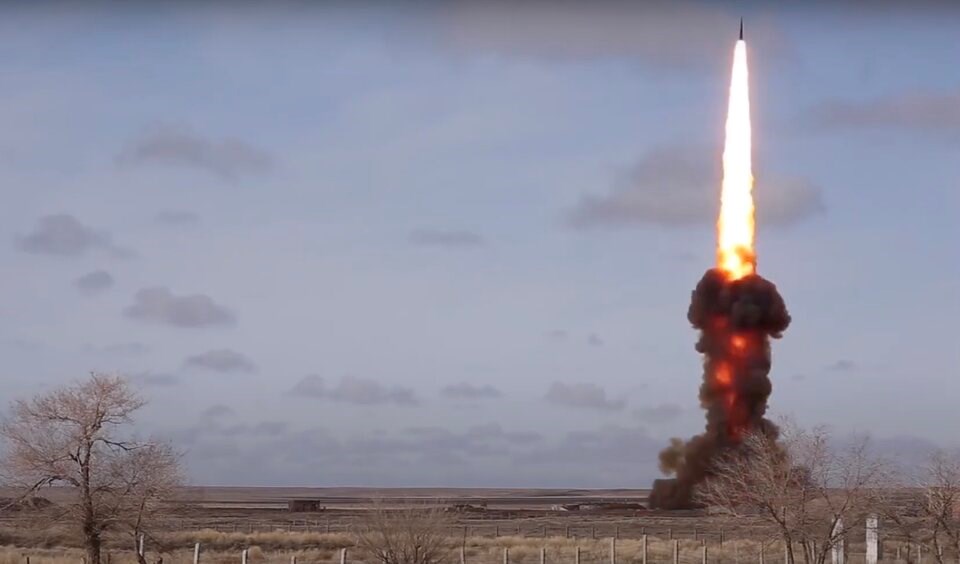A rise in anti-satellite missile test strikes could have devastating effects on global communications, a B.C. astronomer and political scientist warn in a new study.
In published last week in the peer-reviewed journal , Aaron Boley and Michael Byers of the University of British Columbia joined forces in a call for a new multilateral treaty banning anti-satellite weapons testing.
“It seems like it's a very straightforward ask — just please don't blow things up in orbit on purpose,” said Boley.
Satellites have become a backbone of modern technology. They allow humans to and storms, to carry out search and rescue operations, and to navigate the planet in ships, aircraft, land vehicles and on foot. Even financial transactions are set by the clocks from satellites.
“There's some really amazing things that have been absolutely integrated into our lives,” said Boley, an astronomer and associate professor in UBC’s Department of Physics and Astronomy.
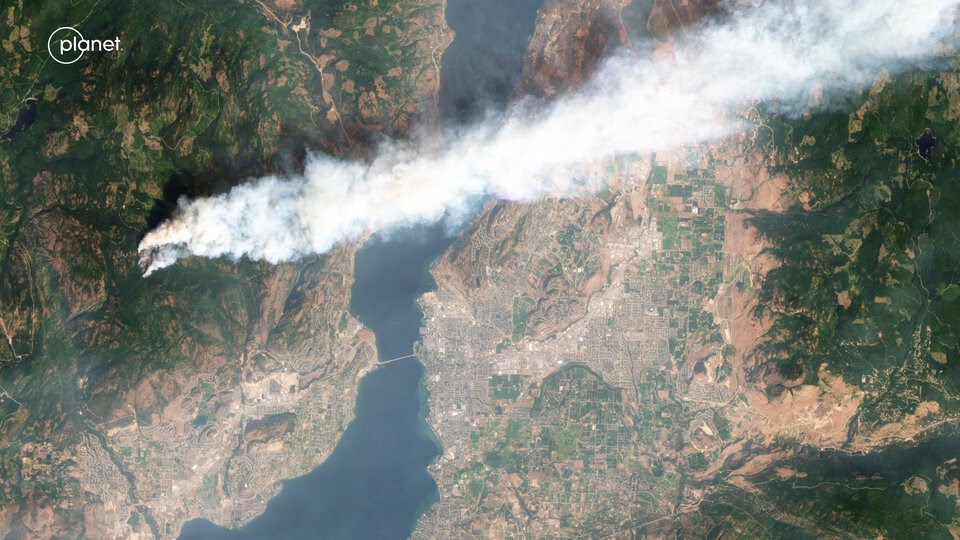
In recent years, Boley has increasingly pulled his attention away from deep space and toward lower Earth orbit, where an accumulation of satellites is raising concerns that the night sky will soon be so busy, optical and radio telescopes will struggle to peer into space.
Marley Leacock, an astronomer at the H.R. MacMillan Space Centre in Vancouver, said large numbers of satellites travelling all together can distort images and signals important to science.
“You get noise,” Leacock said.
That concern has been accelerated by the rise in satellite “mega-constellations,” thousands of small space assets linked in an orbital network that can communicate with almost any part of the planet. Pioneered by the U.S. firm SpaceX, there are already nearly 5,300 satellites in the company’s Starlink constellation.
The company's satellites have enabled fast internet connections across some of the most remote locations on Earth. But it’s also turned space into an increasingly commercial enterprise with few laws.
“I wouldn’t call it fear, I would call it apprehension because the space environment is now an economic environment, and so many countries are involved. It’s another place where countries compete,” Leacock said.
“It’s almost a waiting game. Waiting to see what’s going to happen.”
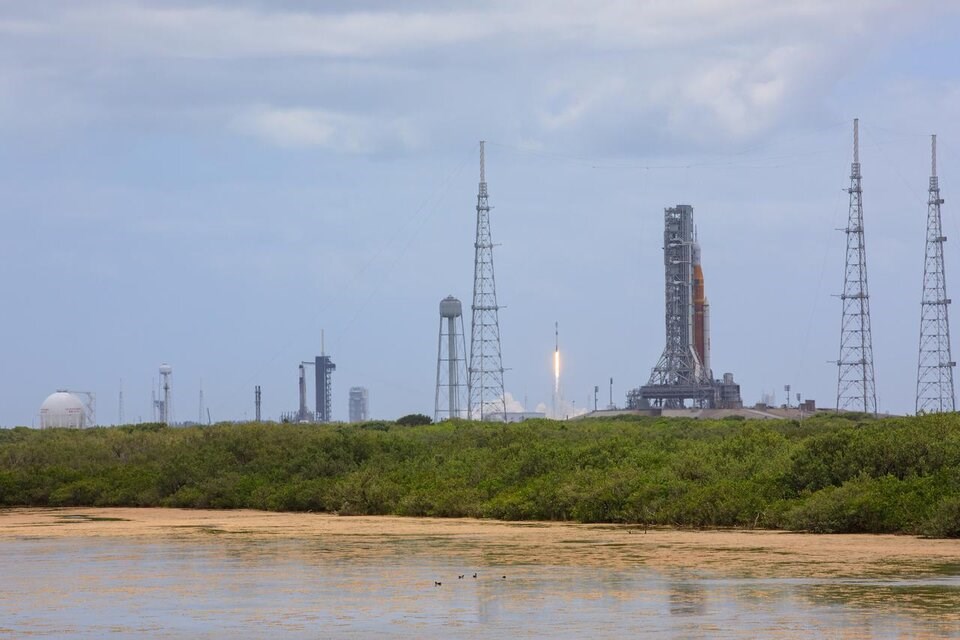
The rise in near-Earth space debris can also complicate the basic functions of existing satellites, said Boley. Because Earth is constantly changing its orientation in space, satellites rely on radio telemetry measurements from bright, very distant quasars to create a reference frame for the planet.
If every country decides it needs its own “mega-constellation” of satellites, lower Earth orbit could become so crowded, it could interfere with that fundamental ability, said Boley.
“Unfortunately, it could get much worse,” he said.
“If you have a scenario where you now have many tens of thousands to hundreds of thousands of satellites, and then you start blowing things up in space on purpose, that's a real problem.”
Things are already blowing up in space
The threat to lower Earth orbit was reignited in 2021 when Russia destroyed its own satellite in a test strike using a A-235/PL-19 Nudol missile.
When the ground-based anti-satellite missile reached orbit, its kill vehicle — an inert mass travelling at incredible speeds — smashed into Cosmos 1408, blasting it into 1,500 pieces of trackable debris.
Like a cloud of buckshot, the pieces of the old satellite circled the Earth in multiple orbits at speeds of about 7.5 kilometres a second, threatening the International Space Station (ISS) and China’s Tiangong space station.
ISS cosmonauts and astronauts rushed into a sealed capsule, and were forced to carry out several collision-avoidance manoeuvres.
SpaceX makes collision-avoidance manoeuvres when any of its satellites come within about a kilometre of trackable debris. That includes anything over about 10 centimetres in diameter, Boley said.
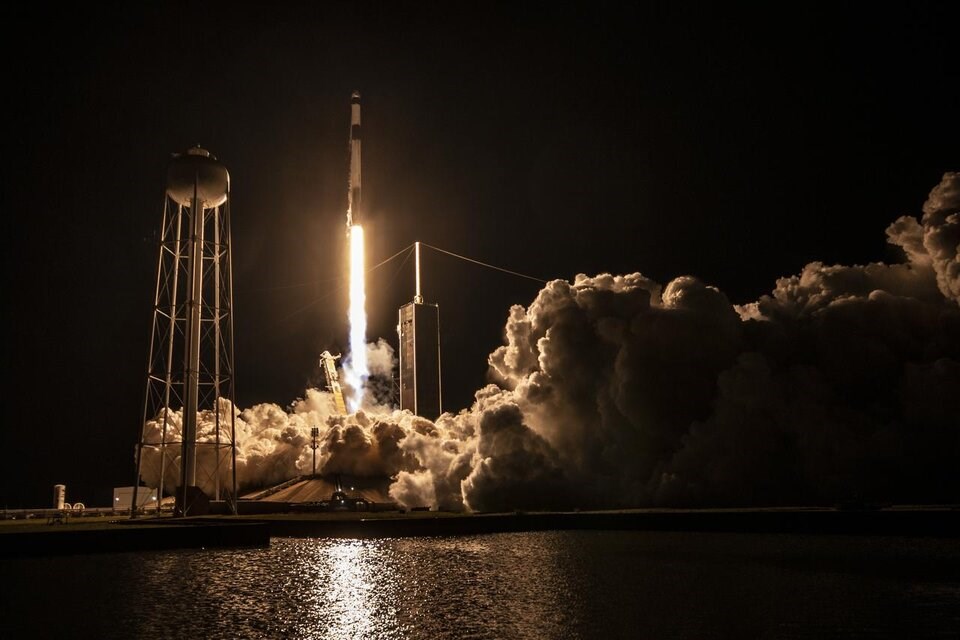
In the six months after the satellite strike, 1,700 of the 6,873 manoeuvres SpaceX carried out for its Starlink network were due to debris from the Russian test, according to the study.
The close calls could have been much worse, and led Boley to question, could a state pick another altitude and create even most chaos?
To answer that question, Boley simulated what would have happened had the Russian anti-satellite test strike had been carried out at 548 kilometres above the Earth — near Starlink’s peak density — instead of at 480 kilometres altitude.
The results: “an order-of-magnitude more conjunctions” that over 151 days would lead to 36,000 near or possible collisions.
To make matters worse, the numbers Boley used to do his calculations came from a moment when Starlink had half the number of satellites in orbit it does today.
“Space was born out of militarization,” said Leacock, who wasn't involved in the research.
“It was always headed in this direction. But now we’re reaching a point where now it’s a problem.”
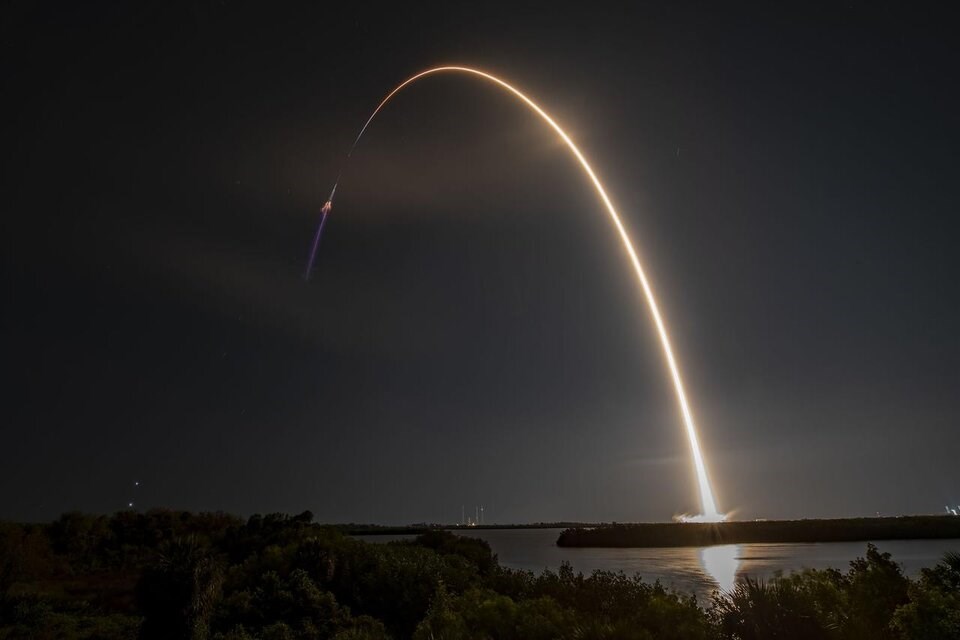
With more capabilities comes more risk
In the past, Boley said countries have tested out similar satellite-hunting missiles, most recently the United States in 1985, China in 2007 and India in 2019.
But with the density of satellites so much greater now, Boley and Byers warn that kinetic attacks on satellites could have a cascading effect both in space and back on Earth.
Starlink is a stable satellite system because it can manoeuvre satellites around debris, allowing it to limit failures and maintain a safe operating environment.
But as more satellites try to avoid debris, the chance of error can go up, raising the risk of one satellite colliding with another. Each of those collisions could create another cloud of debris, perpetuating a cycle of destruction.
As Boley put it, inject debris into space and “chaos ensues.”
That's just what space and military agencies can see. For every piece of debris that's large enough to track, catalogue and manoeuvre around, there are many more invisible pieces still lethal to satellites.
“You have a satellite and you just start putting holes in it — some of those holes are going to be very consequential and some of them might be a lucky miss,” Boley said.
“You might not be able to manoeuvre the spacecraft anymore, or it just might go silent, or its lifetime may suddenly be cut in half.”
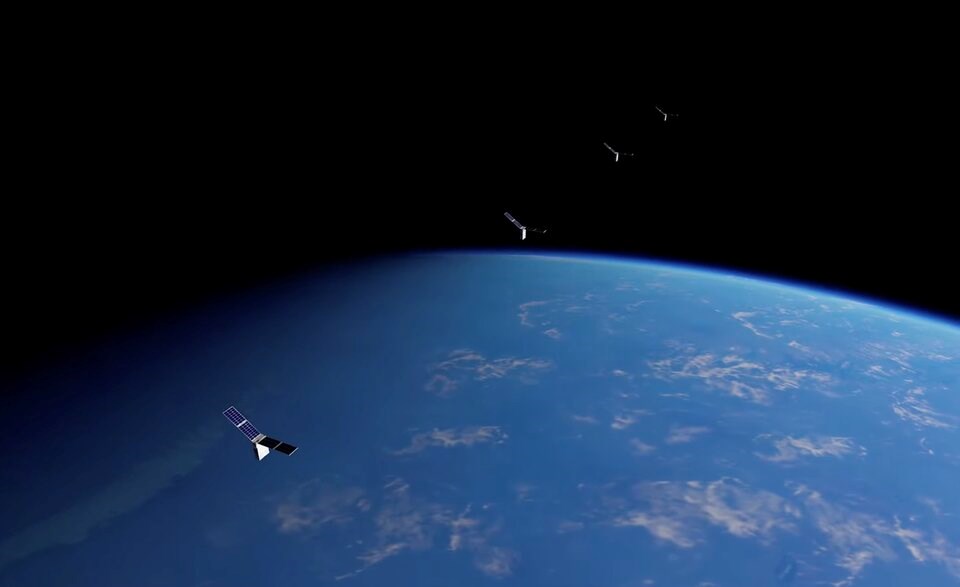
The UBC researchers worry an attack in space, even billed as a test, could spiral into military conflict back on Earth.
Nearly two years after Russia carried out its full-scale invasion of Ukraine, the Ukrainian Armed Forces still rely on the Starlink satellite network despite to limit its use.
In October 2022, a senior official from Russia’s foreign ministry told the United Nations that commercial satellites from the United States and its allies could become a .
“The criterion of ‘armed attack’ acts as a tripwire; if such an attack occurs, this triggers the right of self-defence, opening the door to a military response — either in space or in another domain, such as striking the attacking state’s launch facilities,” write Boley and Byers.
A more likely course of action would be more tests on a nation’s own old satellites, with space weapons that would allow a state to claim “no clarity of intent,” they say.
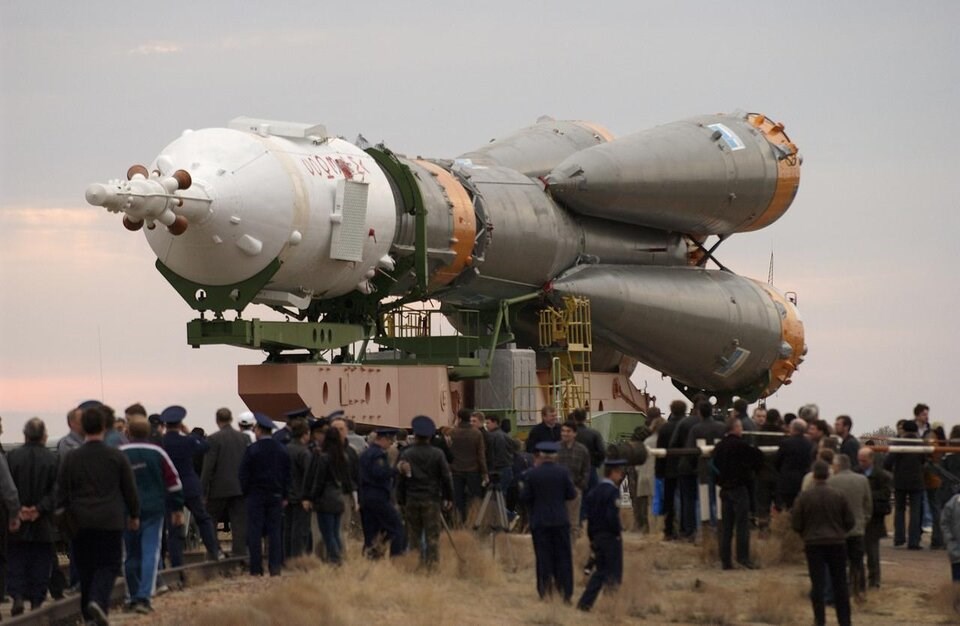
There have been some efforts to limit negative fallout from such space weapons.
Thirteen states — including the United States, Canada, New Zealand, Japan, Germany, South Korea, the United Kingdom and Australia — have said they would refrain from using direct-ascent anti-satellite weapons like the one tested by Russia two years ago.
And in December 2022, the U.N. General Assembly passed a resolution calling on other countries of the world to do the same.
“That is a very good start,” said Boley. “But it needs to not be just direct-ascent anti-satellite missiles. It needs to be destructive anti-satellite testing. Full stop.”
Boley points to “killer satellites” that can be manoeuvred to rendezvous and knock out a target by detonating a warhead or firing a field of shrapnel at it like a blast from a space shotgun.
Some anti-satellite weapons might use grappling devices or nets to send satellites burning into the Earth’s atmosphere. Other ideas have included using microwaves to fry a satellite’s electronics or an X-ray pulse laser to destroy it.
“All of this is possible, in principle, some of it's been done,” Boley said.
Need for international consensus
The prospect of more countries shooting satellites out of the sky has prompted the two B.C. researchers to call for a ban under international law.
“While states do violate international law, the existence of international law does change state behaviour. And it does make things harder for states to do,” Boley said.
To that end, Boley founded and co-directs the The Outer Space Institute, an international organization advocating for the sustainable development of space in the service of science and safe exploration.
“We really want people to be aware of what's happening in outer space,” said the astronomer. “When people are aware of it, then they can pull and push on levers to change behaviour within governments.”
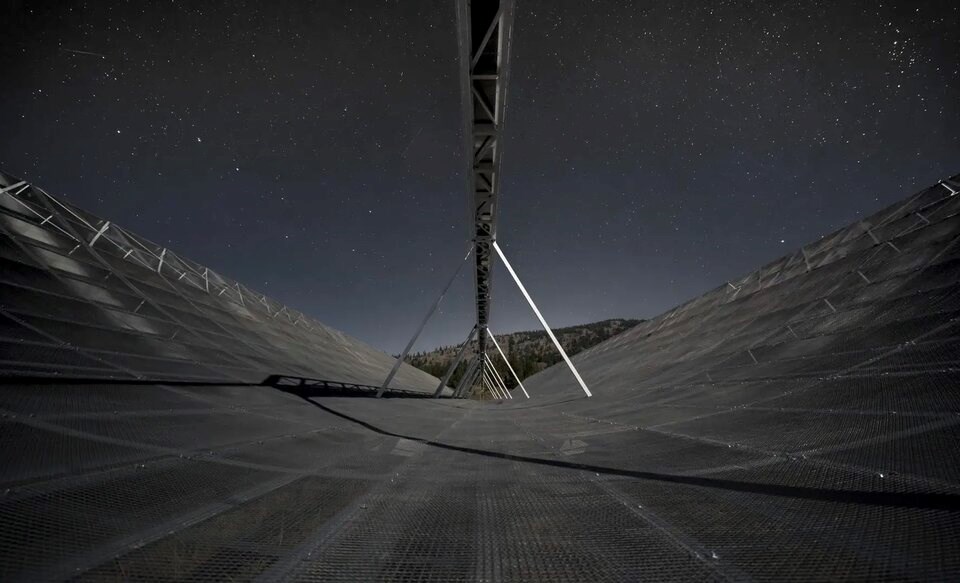
Leacock agrees creating international law to ban anti-satellite weapons tests would be a great first step toward making space safer. But even without such weapons, space junk is still a problem, she said.
Last year, the European Space Agency successfully unfurled an from a small cube satellite in an early attempt to de-orbit all of the agency's old satellites and burn them up in Earth's atmosphere. That kind of work holds promise to maintain space as a place where people can cooperate as an entire planet, Leacock said.
“How are we as a world... how are we going to agree?” she said.
“What goes up has to come back down.”
